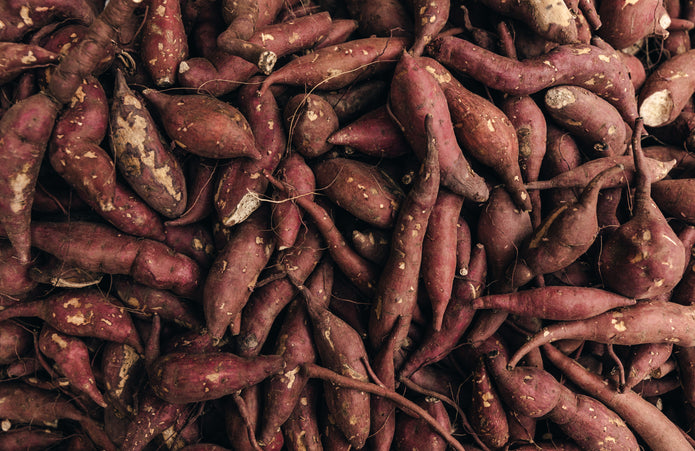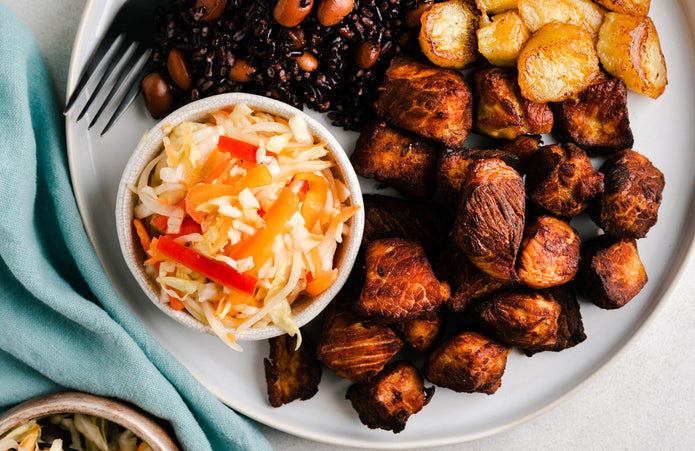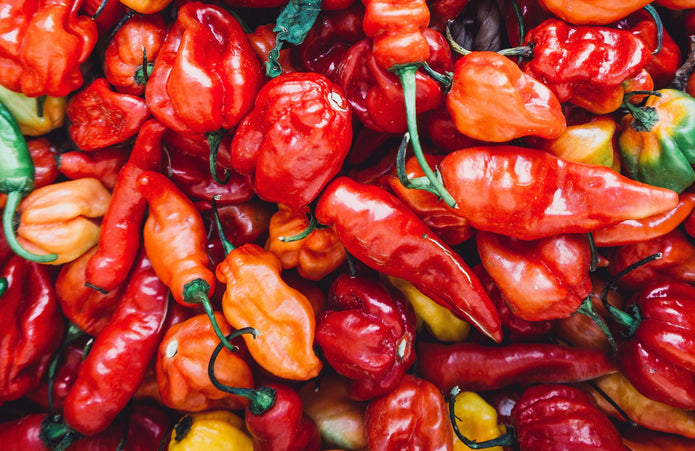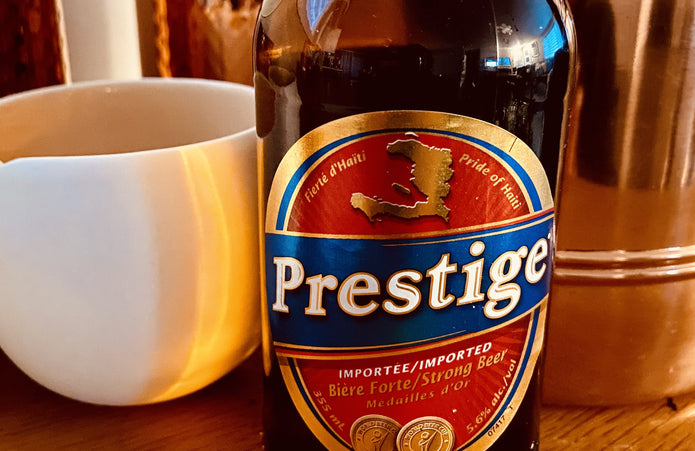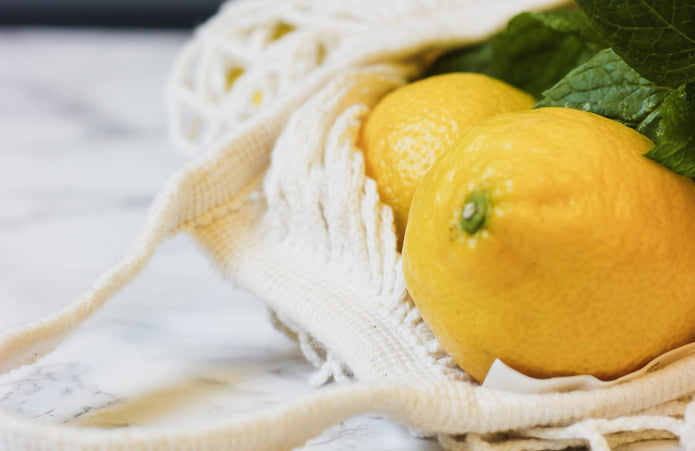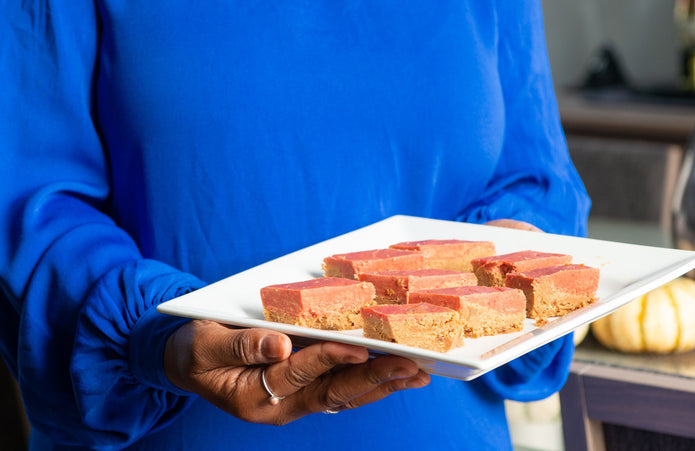Café haïtien:le café gastronomique dont nous ne savions pas avoir besoin dans nos vies

L'une des trois boissons préférées au monde, avec l'eau et le thé, est le café. Il est également connu comme l'un des produits internationaux les plus lucratifs. En fait, les pays se font concurrence pour être le premier exportateur de la denrée précieuse.
Bien que le Brésil ait historiquement dominé la production mondiale de café, de nombreux autres pays pourraient usurper ou récupérer cette domination.
À un moment donné, Haïti dominait l'industrie mondiale du café. De nos jours, le café est largement consommé dans le monde et a de fortes racines dans l'histoire et la culture haïtiennes.
Mais qu'est-ce que le café haïtien ? D'où vient-il ? Quels sont les bienfaits du café haïtien et comment est-il servi ? Cet article apportera les réponses à toutes ces questions.
Qu'est-ce que le café haïtien et d'où vient-il ?

Le café haïtien a une saveur riche, un corps moyen, une faible acidité et des notes douces d'une texture lisse et d'un goût sucré doux.
Haïti est parmi les premiers à produire et consommer du café parmi tous les pays des Caraïbes.
Le café haïtien a été introduit pour la première fois dans les Caraïbes par les colonisateurs français au 18ème siècle. Les Français ont apporté des plants de café du Yémen et ont commencé à les cultiver en Haïti, qui était alors une colonie française.
L'industrie du café en Haïti a prospéré et est devenue l'une des principales exportations du pays. Cependant, l'industrie a dû faire face à plusieurs défis, notamment l'instabilité politique et les catastrophes naturelles, qui ont entraîné une baisse de la production au XXe siècle.
Le café d'Haïti à l'époque est devenu célèbre dans le monde entier mais n'était pas facilement disponible en raison des nombreux défis mentionnés.
Tout au long des 18e et 19e siècles, lorsque l'industrie du café en Haïti était à son apogée, le café était cultivé dans de grandes plantations et produit selon des méthodes traditionnelles. Produire du café par les Haïtiens pendant ces années était leur fierté.
Les grains de café ont été cueillis à la main puis traités selon des méthodes de fermentation sèche ou humide avant d'être séchés au soleil et exportés.
Aujourd'hui, la production de café haïtienne est beaucoup plus petite et est généralement produite par de petits exploitants.
Beaucoup de ces agriculteurs utilisent encore des méthodes traditionnelles de traitement du café, mais certains ont également adopté des techniques plus modernes.
L'industrie du café en Haïti est toujours confrontée à de nombreux défis, tels que le manque d'infrastructures, l'accès limité aux marchés et au crédit, et les effets du changement climatique. En conséquence, la production de café haïtienne n'a pas été en mesure de se redresser et de concurrencer pleinement les autres pays producteurs de café.
Quelles sont les méthodes utilisées pour le brasser ?
Il existe deux méthodes de traitement du café en Haïti, à savoir la voie sèche et la voie humide.
Le processus sec
La voie sèche est la plus courante. (Près de 95 pour cent de tout le café en Haïti est traité avec cette méthode.) Les grains de café sont étalés sur une surface en béton ou des fibres (par exemple, des sacs ou des sacs) après la récolte et sont laissés sécher au soleil pendant trois à quatre mois.
Lorsque le café est sec, il est moulu par des moyens rudimentaires (par exemple, mortier et pilon) dans une ferme, produisant ainsi du café pilé.
Les femmes sont généralement chargées de cette tâche. Alternativement, le café peut être moulu dans des installations équipées pour produire du café naturel.
Le processus humide
La voie humide est utilisée par très peu d'organisations paysannes en Haïti. Le processus nécessite des équipements spécialisés et une main-d'œuvre qualifiée, ainsi que des clients désireux de reconnaître la qualité de ce type de produit. Les étapes suivantes produisent du café humide :
- Mise en pâte. La peau des grains de café et une partie de la pulpe sont éliminées mécaniquement.
- Fermentation. Le reste de pulpe est éliminé en immergeant les fèves dans de l'eau propre pendant plusieurs heures. (Le temps varie selon les conditions environnementales.)
- La lessive. Les impuretés finales sont éliminées avec de l'eau.
La transformation par voie humide est effectuée dans les installations des coopératives (et non dans les exploitations agricoles individuelles), mais peu d'organisations en Haïti possèdent une infrastructure pour produire du café humide.
L'avantage du café haïtien
Il y a plusieurs avantages à boire du café haïtien, comme tout autre café. Ils sont;
- Il fournit des antioxydants au corps
- C'est bénéfique pour le foie humain
- Il diminue la maladie de Parkinson et le cancer.
- Il maintient le cerveau en meilleure santé et plus longtemps.
- Il aide à garder les livres.

Comment c'est servi.
Le café haïtien n'est généralement pas servi sans crème ni lait, mais si c'est le cas, on l'appelle un «café au lait». Il est généralement servi avec du sucre.
Bien que la production de café haïtien soit plus faible que dans le temps, il est toujours consommé par les haïtiens et contribue également à dynamiser leur économie agricole.




